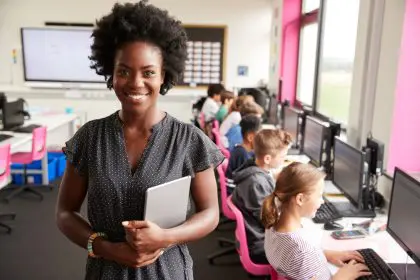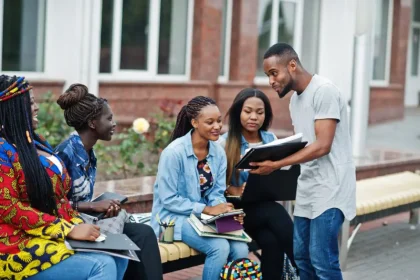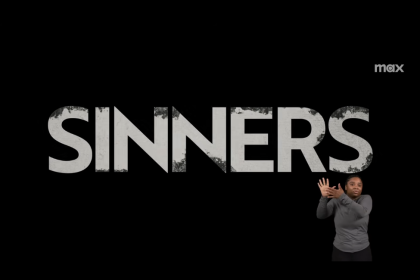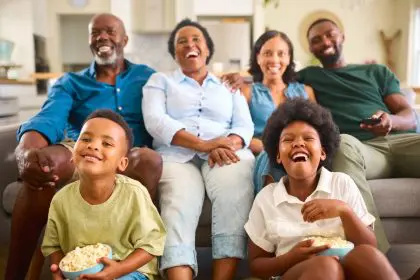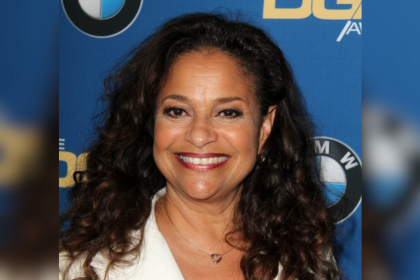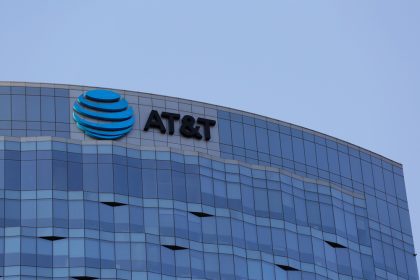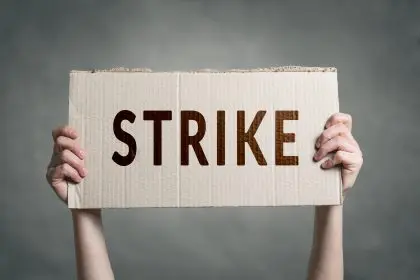In recent times, a glaring spotlight has been cast on the issue of diversity within various professions, with firefighting standing out as a sector in dire need of transformation. Despite the noble and essential nature of firefighting, the representation of Black people in this field is strikingly inadequate. This article delves into the pressing need for heightened diversity within firefighting, examining the formidable barriers that Black individuals encounter when aspiring to join this honorable profession. From systemic challenges to limited outreach efforts, these obstacles have contributed to a disproportionate underrepresentation. Within the following paragraphs, we will unravel the intricacies of this issue and propose potential solutions to rectify the imbalances, striving for a firefighting community that is inclusive, reflective of society’s diversity and better equipped to serve all communities.
The current landscape: A lack of representation
Firefighting has historically been dominated by a homogenous demographic, with Black men and women significantly underrepresented in fire departments across the country. This lack of diversity not only hinders the inclusion of different perspectives but also poses challenges in addressing the unique needs of diverse communities.
Barriers to entry: Understanding the challenges
Several factors contribute to the underrepresentation of Black individuals in firefighting. One primary obstacle is the limited access to information and resources about firefighting careers in minoritized communities. Additionally, there may be systemic biases in recruitment processes, educational barriers and insufficient outreach efforts to attract individuals from diverse backgrounds.
Moreover, the absence of role models within the firefighting community can create a lack of awareness and inspiration for aspiring Black firefighters. Breaking down these barriers requires a concerted effort from both public institutions and community organizations.
The importance of diversity in firefighting
Diversity in firefighting is not just a matter of representation; it is crucial for the effectiveness and efficiency of emergency response teams. Fires and emergencies can happen in any community, and having a diverse group of firefighters ensures a better understanding of the unique challenges each community may face.
Cultural competence is also vital in firefighting, as it fosters trust and effective communication between first responders and the communities they serve. A more diverse firefighting force can improve the overall safety and well-being of the public.
Initiatives and solutions
Addressing the urgent need for Black people in firefighting requires a multifaceted approach. Educational outreach programs in schools and communities can help raise awareness about firefighting as a viable and rewarding career option. Fire departments should actively engage with minoritized communities, providing information, mentorship programs and scholarships to encourage young Black individuals to pursue careers in firefighting.
Reforming recruitment practices to eliminate biases and promote inclusivity is paramount. Fire departments should actively seek out candidates from diverse backgrounds and ensure that the application and testing processes are fair and accessible to all.
Establishing partnerships between fire departments and community organizations can facilitate ongoing dialogue and collaboration, fostering a sense of belonging and shared responsibility. By working together, these entities can develop strategies to overcome barriers and promote diversity within firefighting.
The pressing demand for increased representation of Black people in firefighting mandates swift and collective action from all involved parties. To bridge the existing gaps, it is imperative to actively dismantle barriers obstructing the entry of diverse individuals into the firefighting profession. Through strategic initiatives that prioritize inclusivity and foster diversity, we have the power to shape a firefighting force that authentically mirrors the communities it serves.
This story was created using AI technology.


